This blog post is also available in Dutch here.
Monique de Jager discusses recent research with colleagues that seeks to understand the most cost-effective way of decreasing crop loss as a result of grazing geese. After running a model with several different grazing and scaring scenarios, it was found that the best management option is to leave geese to graze.
Introduction
The rebound of the barnacle goose is a success story in bird conservation. However, with increasing numbers of these grazing birds, conflicts between farmers and wildlife grow stronger. The birds graze on agricultural pastures and thereby reduce grass height, which results in a delayed first harvest of hay or silage. Farmers are not happy about this, and often consider how to manage the grazing bird populations, thereby reducing yield loss.
Management practices in Friesland
In the province Friesland (Fryslân) of the Netherlands, over half a million barnacle geese are grazing their fair share during winter. The current practice in Friesland is to allow geese and other large grazing birds to forage in some agricultural areas, called accommodation areas, as well as in nature reserves. Birds on other type of land, such as agricultural fields, are being scared off. Farmers are compensated for the costs associated with yield loss by grazing geese. So far, the costs of this management practice amount to millions of Euros.
As grazing geese are a costly affair, an important question remains: is this the most cost-effective management option? Together with researchers from the Netherlands Institute of Ecology, the University of Amsterdam, Wageningen University and Research, and the Dutch Centre for Field Ornithology, I tackled this question.
What did we do?
We examined the cost-effectiveness of different management scenarios, varying in accommodation area size and scaring intensity. I created an individual-based model, which simulated flocks of barnacle geese moving around and grazing on grasslands in Friesland. By using such a model, we were able to investigate a large variety of management strategies, ranging from intensive scaring to no scaring at all, and from no accommodation area to full accommodation of grazing geese.
For every management strategy I simulated, I recorded how much the geese had depleted the grass on agricultural grasslands and calculated the total damages in yield loss. I also recorded the number of scaring events and calculated potential associated scaring costs.
To properly reimburse the farmers for their yield loss, the damage must be appraised. Hence, additional costs are made in the form of appraisal costs, which increase with the area affected by geese. I therefore also recorded the area size affected by grazing geese to calculate the accompanying costs of damage appraisals.
Costs and benefits
Each combination of accommodation area size and the probability of geese being scared off outside these accommodation areas resulted in different costs and benefits. In cases with little accommodation area and high scaring probability, geese were unable to feed sufficiently and were starving. Although yield loss was minimized with this scenario, the area of grasslands affected by geese was extremely high, as the geese were constantly scared off from one field to another.
This extreme amount of scaring resulted in excessive costs of scaring and appraisal. Thus, the net effect of high scaring probability in combination with few areas where geese are allowed to forage can be summed up as high total economic costs and a high risk of population decline.
The most cost-effective strategy
Then, what is the most cost-effective management strategy? Our model suggests that no scaring results in the lowest total costs. When geese are not scared off, there are (of course) no costs of scaring involved.
Another benefit of not scaring the geese is that geese remain grazing in a field for a much longer time and thus use a much smaller area, which minimizes appraisal costs. It also limits the geese’s energy expenditure and subsequent energy intake; they need to forage less because they are doing less.
All in all, leaving the geese at peace saves everyone, both humans and geese, time and energy as well as seeming to be the best option that benefits all.
Read the article, “Limiting scaring activities reduces economic costs associated with foraging barnacle geese: results from an individual-based model” in Journal of Applied Ecology
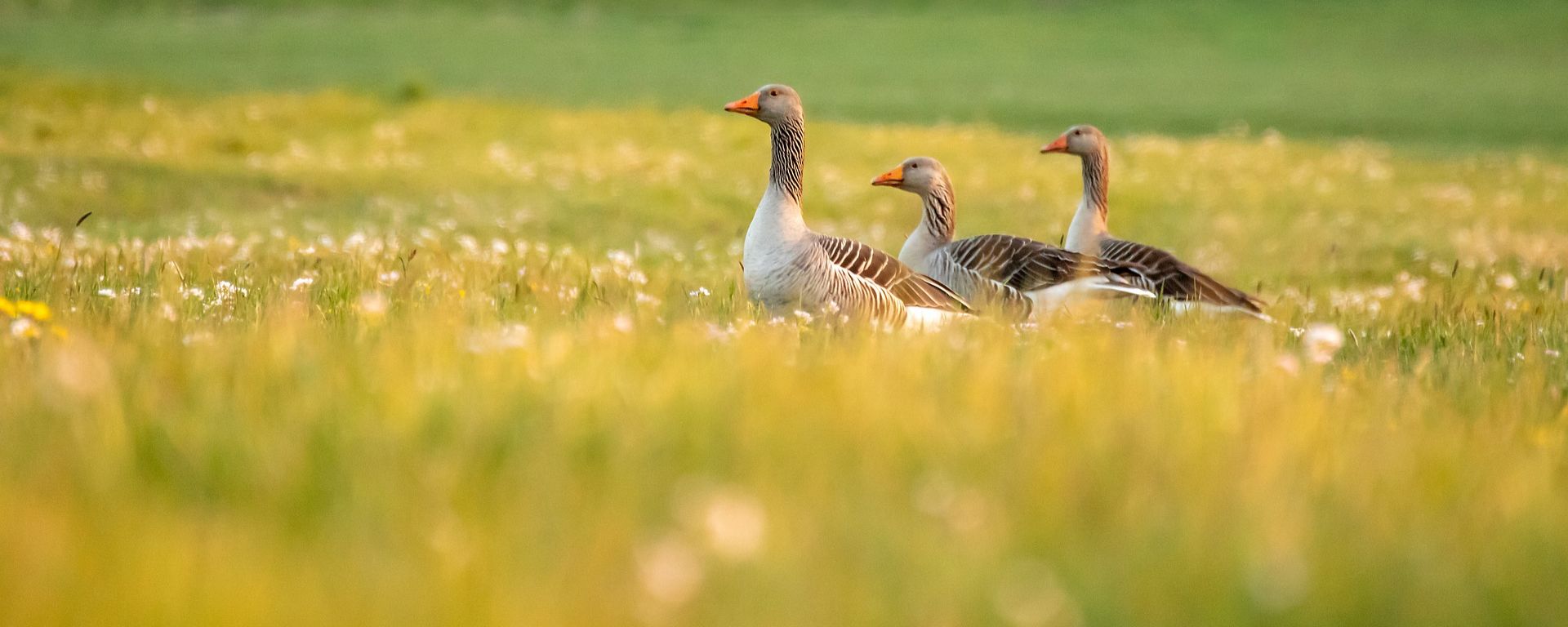
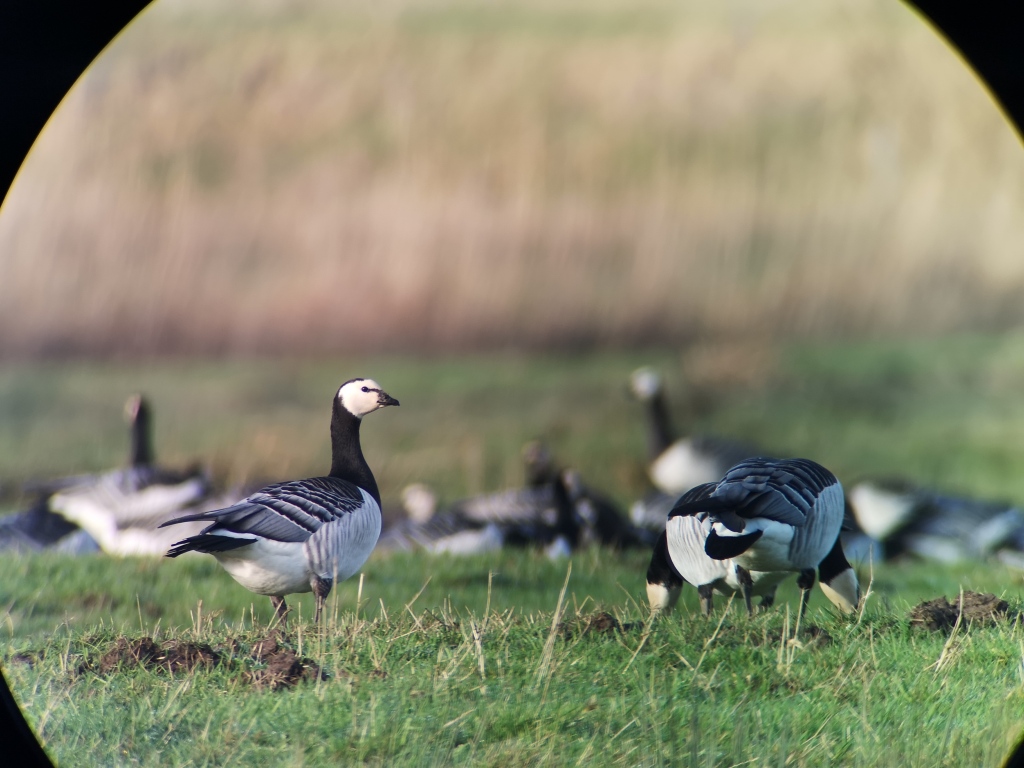
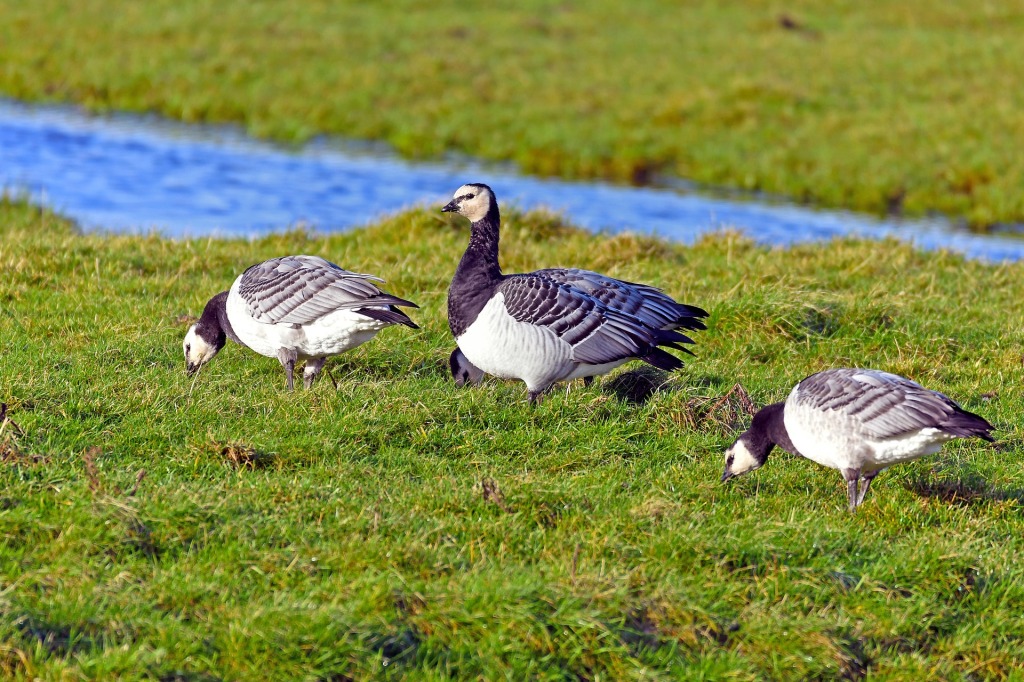
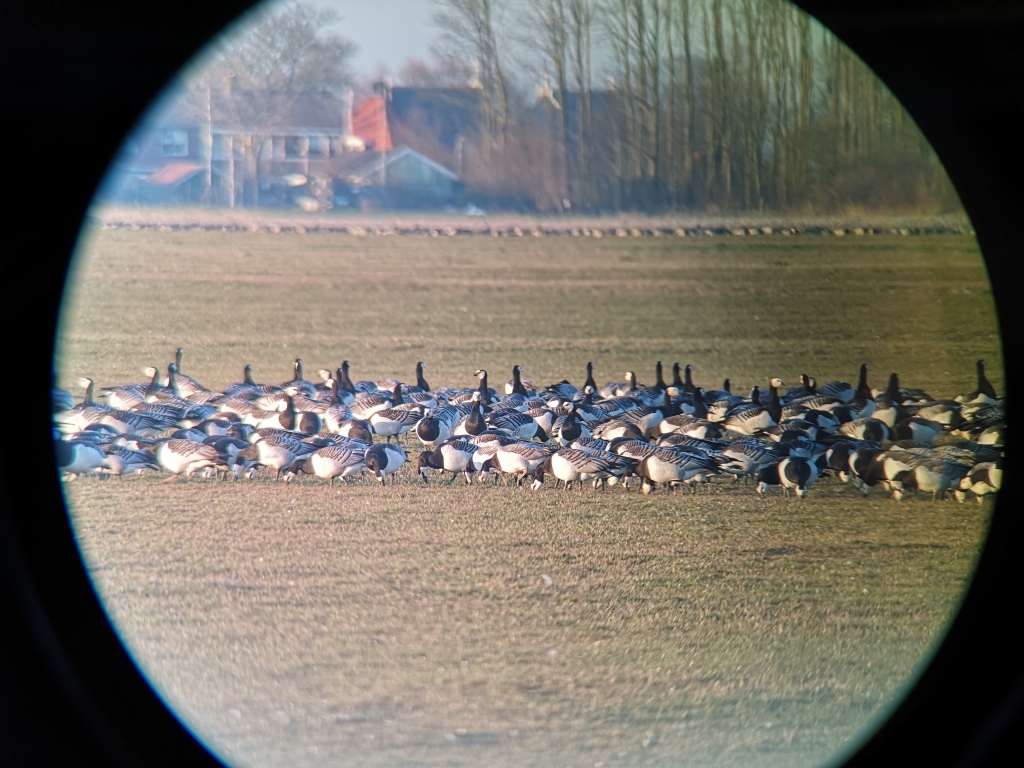
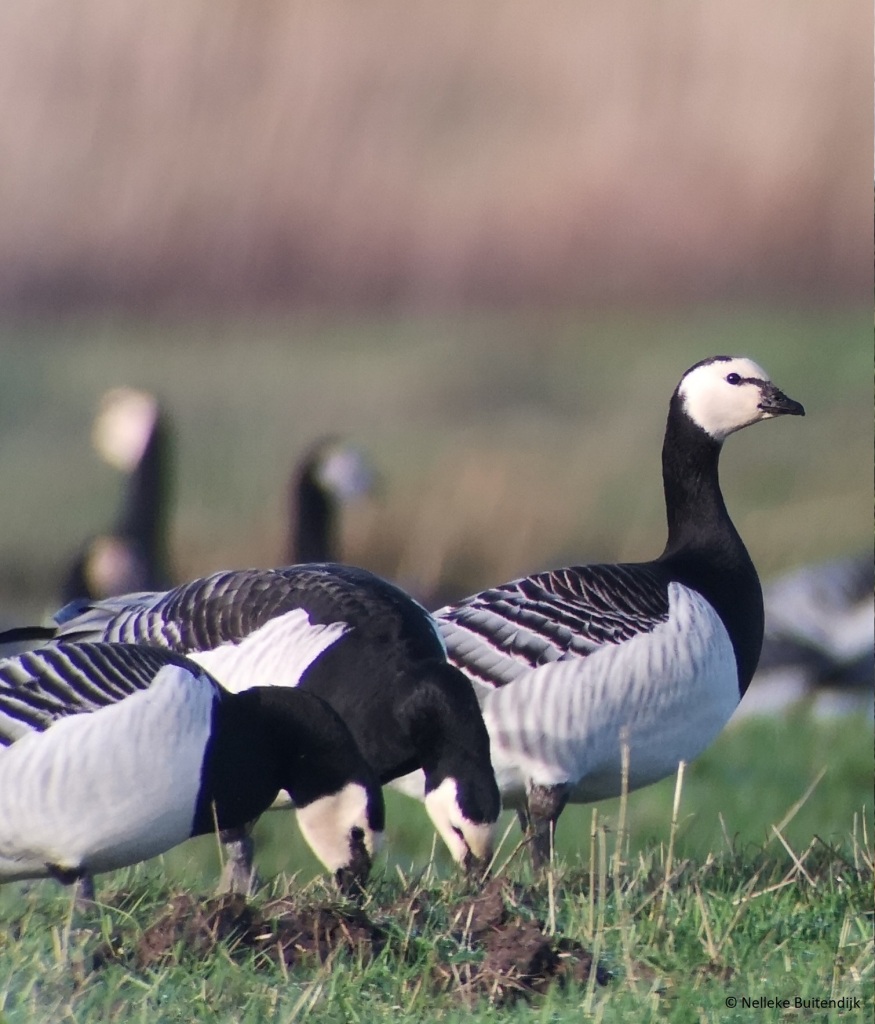
3 thoughts on “Best management practices to decrease goose-related yield loss”